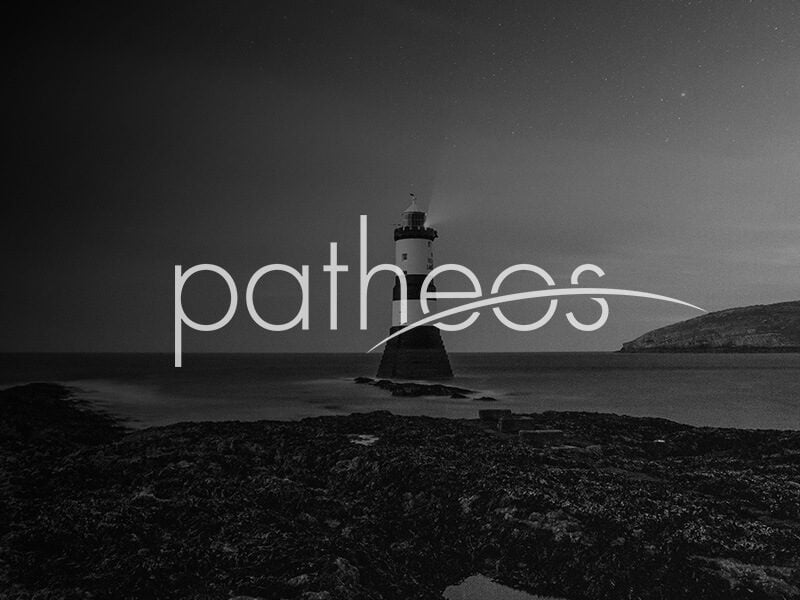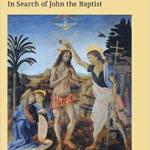I continue the conversation about the cross with some comments about responses to my previous blog “The Real Meanings of the Cross.” I appreciate all of them and am very pleased with the conversation that has unfolded.
One response noted my use of the word “real” and wondered what I meant. On the one hand, it is “headline shorthand,” as all headlines are. On the other hand, it does refer to what I see as the “real” meanings of the cross – the earliest and New Testament understandings of it: that it reveals the moral bankruptcy of “the powers,” the domination system that executed Jesus; and that death and resurrection are an archetype, an incarnation of the way, the path, of personal transformation. For me, to call these the “real” meanings of the cross means they are the ancient (by a thousand years, compared to the “payment” understanding of his death) and the most important.
More than one response referred to the Christus Victor understanding of Jesus’s death and resurrection. The phrase refers to the cross and Easter as God in Jesus triumphing over “the powers,” defeating the powers that hold us in bondage.
The phrase is the title of a 20th century theological classic by Gustaf Aulen, published in 1931. Aulen, not only a theological scholar but a Swedish Lutheran bishop, argued that the Christus Victor understanding of the atonement dominated the first thousand years of Christianity and that the payment (subsitutionary, satisfaction) understanding became widespread only after Anselm in the Middle Ages and in much of Western Christianity ever since.
I read Aulen’s book almost fifty years ago. His argument was persuasive then, and in the decades since has become even more so.
To relate the Christus Victor understanding to my own understanding: they are similar. What might be slightly different is my emphasis on the historical and political causes of Jesus’s death: “the powers” who killed him were the political and religious powers of his time.
In the New Testament and in the writings of Christian theologians in the first few centuries, “the powers” are sometimes named as sin, death, and the power of the devil. But we should not mythologize those into abstractions. Rather, they become incarnate in human institutions of oppression, injustice, and violence. That’s what killed Jesus. Easter is about God’s “Yes” to Jesus and God’s “No” to the powers.
One more comment about Aulen’s book. He classified “atonement” theories into three categories: Christus Victor, payment theories, and a third that he called the “moral exemplar” understanding – that Jesus’s death provides us with a moral example that we should follow. I think that he dismisses the third too cavalierly and that his name for it is unfortunate. Perhaps for him as a Lutheran, the third understanding sounded too much like “works.” But the archetype of “dying and rising with Christ” is not really about “works,” something we must do in order to be saved. Rather, it is about the personal transformation at the center of the Christian life. It is not about “how to behave” as much as it is about “how to be changed.” Behavior will follow.
Finally, there is a radical and powerful metaphorical meaning of the payment understanding of Jesus’s death. Unless one restricts the saving significance of his death to the preordained “elect,” as has sometimes happened, its radical meaning is God in Jesus has already taken care of whatever we think separates us from God.
We are accepted just as we are, whether saint or sinner or somewhere in between. The payment understanding, radically understood, is an affirmation of radical grace: God loves us, has from our beginning, and will forever. Many people with a deep sense of sin have been transformed by the message of radical grace.
But when the payment understanding is literalized as the reason the death of Jesus had to happen rather than being understood as a metaphor of radical grace, it leads to the theological problems described in my previous blogs about the cross.
Moreover, the message of radical grace conveyed by the radical meaning of the payment understanding has often been compromised. God accepts us, loves us, if. The conditions vary. But the cross of Jesus is not about new conditions – as if the condition now is about believing that Jesus died to pay for our sins.
Rather, the cross is about the way, the path, of personal transformation, and about God’s passion for a transformed world. It is personal, and it is about a different kind of world here and now.











